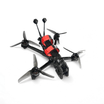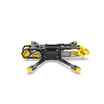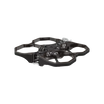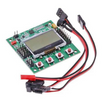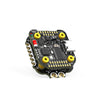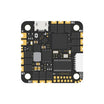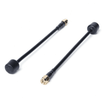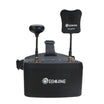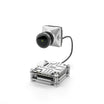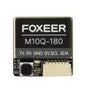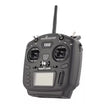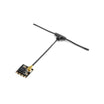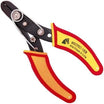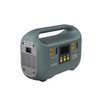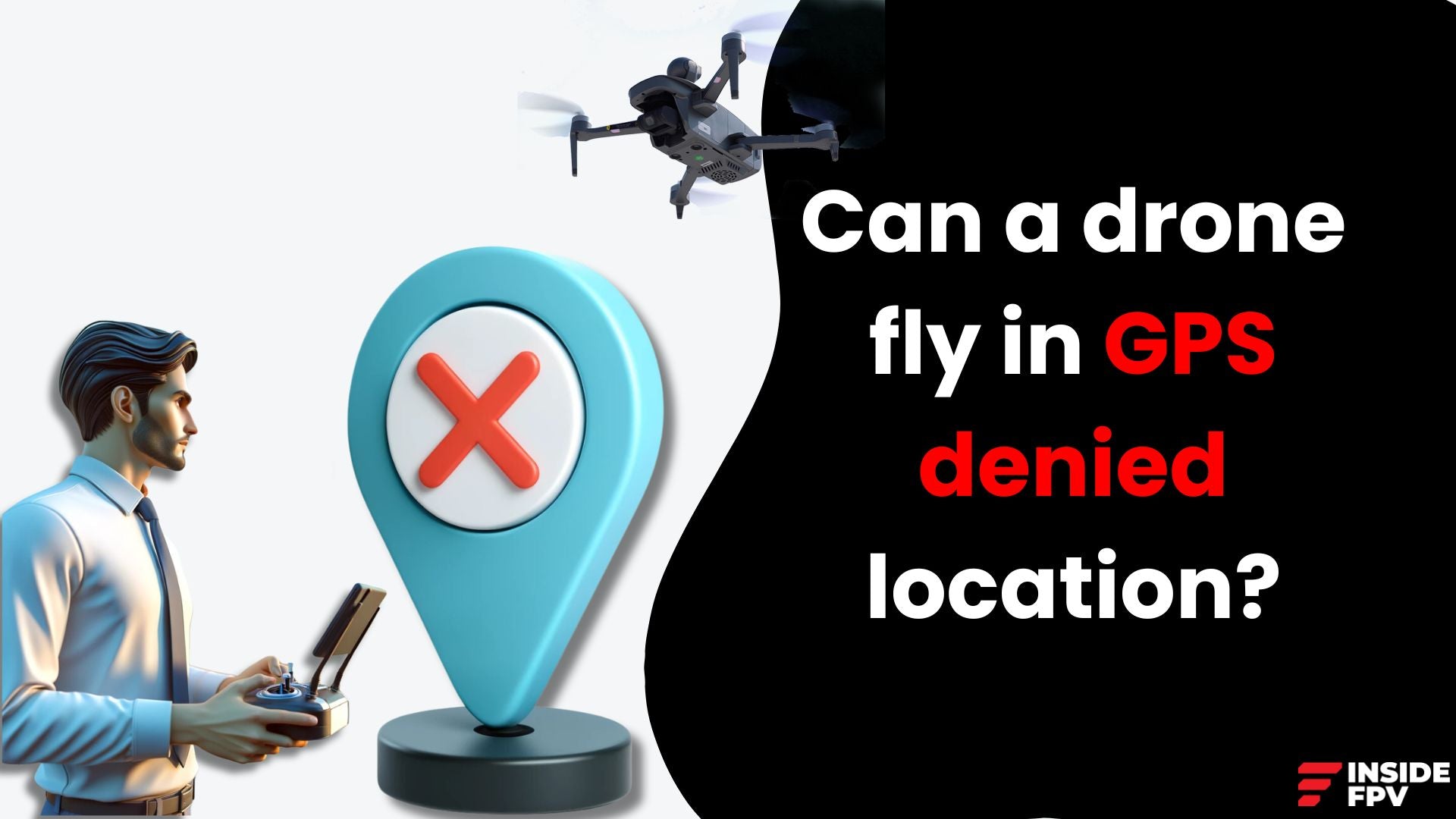Drones, or unmanned aerial vehicles (UAVs), are reshaping industries and redefining what’s possible across various sectors. These aircraft, capable of flying without a human pilot on board, have grown exponentially in use due to advancements in technology that make them more accessible, versatile, and efficient.
Let’s delve into the transformative impact of drones, their applications, and what the future holds for this groundbreaking technology.
The Evolution of Drone Technology
From their origins as military tools, drones have evolved into multifaceted devices with applications spanning agriculture, media, logistics, and more. The integration of high-resolution cameras has significantly expanded their utility.
Equipped with advanced lenses, modern drones capture detailed images and videos, enabling their use in industries like filmmaking, journalism, and surveillance. Today, professional drone cameras deliver visuals of broad
cast quality, making them indispensable for content creators and filmmakers.
Also read: A guide to BIR V2 vs Elevate V1: Which is right for you?
Key Applications of Drones Today
Drones are no longer niche tools; they are revolutionizing numerous fields:
1. Military and Defense
Drones play a crucial role in military operations. They are used for surveillance, intelligence gathering, and even tactical strikes, offering a safer alternative to traditional manned missions. Their ability to operate in hostile environments without risking human lives has made them invaluable assets for defense forces worldwide.
2. Law Enforcement
Police and federal agencies deploy drones for monitoring, surveillance, and investigations. Drones provide aerial perspectives that would otherwise require significant manpower or resources. Advanced drones equipped with high-resolution cameras can capture detailed visuals even in challenging conditions, aiding law enforcement in real-time decision-making.
3. Disaster Management
During natural disasters such as floods, earthquakes, and wildfires, drones are indispensable for surveying affected areas, locating survivors, and assessing damage. Their ability to quickly deploy and navigate difficult terrains makes them vital for emergency response teams.
4. Infrastructure Inspection
Inspecting infrastructure like power plants, pipelines, and bridges is a time-intensive and hazardous task. Drones streamline this process by safely and efficiently capturing high-resolution data, enabling authorities to detect damage or wear-and-tear early.
5. Journalism and Entertainment
Drones are redefining storytelling in journalism and filmmaking. They allow media professionals to capture breathtaking aerial shots and unique perspectives, enhancing the visual appeal of their work. From documentaries to commercials, drones have become a staple tool in creative industries.
6. Agriculture
In agriculture, drones are driving a new era of precision farming. They help monitor crops, identify irrigation issues, and apply fertilizers and pesticides with pinpoint accuracy. These capabilities allow farmers to increase productivity while minimizing resource wastage.
7. Logistics and Delivery
The logistics sector is embracing drones for last-mile delivery. Capable of transporting small packages to remote or hard-to-reach locations, drones are reducing delivery times and costs. Companies are investing in drone systems to enhance efficiency and customer satisfaction.
8. Search and Rescue
Drones equipped with thermal imaging cameras are invaluable for search and rescue operations. They can locate missing persons and deliver essential supplies in emergencies, often making the difference between life and death.
9. Wildlife Conservation
Conservationists use drones to monitor wildlife populations, track animal movements, and deter poachers. These silent, non-invasive devices allow researchers to gather data without disturbing the natural habitat.
Also read: How drones are impacting our daily lives.
Integrating Drones with Advanced Technologies
The potential of drones is being amplified through integration with cutting-edge technologies. Here’s how these synergies are unlocking new possibilities:
Artificial Intelligence (AI)
AI enables drones to operate autonomously, analyze sensor data, and make real-time decisions. AI-powered drones can identify objects, avoid obstacles, and perform complex tasks without human intervention.
Robotics
Robotic features are being incorporated into drone designs to enable them to interact with objects in their environment. For instance, drones equipped with robotic arms can pick up or manipulate items during their operations.
Advanced Sensors
Drones now use sensors like LiDAR, radar, and multispectral cameras to enhance their situational awareness and navigation capabilities. These sensors allow drones to gather precise data for applications like 3D mapping and terrain analysis.
5G Networks
The advent of 5G networks allows drones to transmit high-definition video feeds and telemetry data in real-time. This ensures seamless communication between drones and their operators, even over long distances.
Big Data Analytics
Drones capture vast amounts of visual and sensor data, which can be processed using big data analytics. This helps extract actionable insights for industries like agriculture, insurance, and urban planning.
Industries Being Revolutionized by Drones
Construction
Drones are used to monitor construction sites, track progress, and create detailed 3D maps. This helps project managers ensure timelines are met and resources are used efficiently.
Mining
In mining, drones equipped with LiDAR technology provide accurate terrain data for planning drilling sites and blasting patterns. They also help automate stockpile measurements, saving time and reducing errors.
Oil and Gas
Drones are invaluable for inspecting pipelines, rigs, and platforms. They identify issues like corrosion or methane leaks more safely and cost-effectively than traditional methods.
Insurance
Drones are transforming the insurance industry by enabling quick property inspections for damage assessment. This speeds up claims processing, particularly after natural disasters.
Enhanced Imaging with Professional Drone Cameras
In fields like media and filmmaking, drones equipped with professional cameras are game-changers. These drones offer advanced stabilization features, high-resolution imaging, and superior tracking capabilities. Filmmakers and photographers rely on these tools to capture cinematic visuals that were once possible only with expensive equipment.
The Future of Drones
The trajectory of drone technology suggests exciting developments in the years to come:
1. Autonomous Operations
Future drones will operate independently, navigating complex environments without human oversight. Advanced AI systems will enable these drones to handle intricate tasks with minimal intervention.
2. Drone Taxis
The concept of passenger drones, or air taxis, is becoming a reality. These vehicles promise to revolutionize urban mobility by offering quick, congestion-free transportation. Startups are developing electric vertical take-off and landing (eVTOL) aircraft to make this vision a reality.
3. Commercial Fleets
Large-scale drone fleets will be deployed for services ranging from delivery to security. These drones will be designed for extended flight durations and challenging conditions, ensuring reliability and efficiency.
4. DIY Drone Kits
The rise of customizable drone kits will empower enthusiasts to assemble and modify drones tailored to their needs. This will foster a vibrant community of innovators and hobbyists.
Conclusion
Drones have transcended their initial military applications to become indispensable tools across industries. Their ability to perform tasks faster, safer, and more efficiently has brought out new possibilities, driving innovation in agriculture, logistics, media, and beyond. As technology continues to advance, drones are poised to become even more integral to our daily lives, transforming industries and improving how we work and live.


